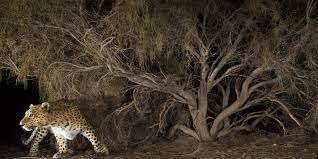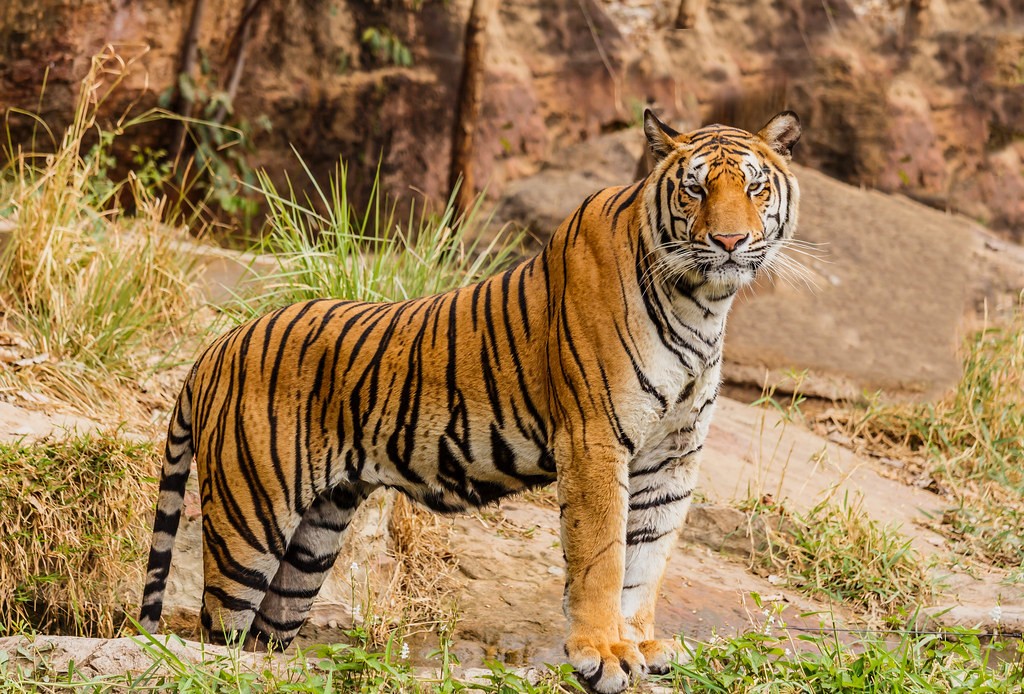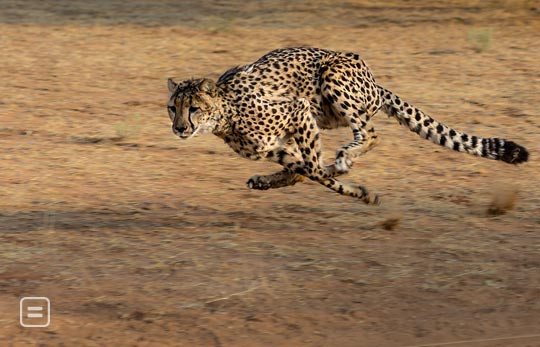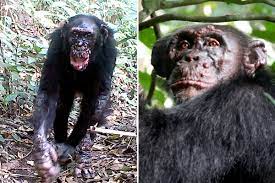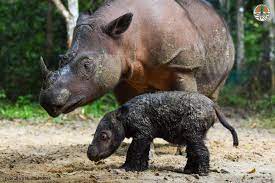There are still a large number of people with vested interests, who are arguing that climate change science is not settled and we need to wait a bit more.
How long should we wait?
Guy Callendar released a paper in 1938 – considered revolutionary at the time, which linked fossil fuel burning to the warming of the earths atmosphere. Indeed in 1896 Svante Arrhenius a Swedish scientist first predicted that increasing carbon emissions could significantly increase surface temperatures.
In other words it is now 126 years since a scientist predicted that global warming would be likely if we continued to release carbon emissions, and a paper was released 84 years ago confirming that Scvante Arrhenius prediction was correct.
So why are we still arguing about it? Does the free market truly allow profit to be prioritised over a scientific fact that was proposed more than a century ago, and confirmed nearly a century ago? Had the world dealt with carbon emissions back then we would be looking at a very different situation.

